This post may contain affiliate links. Learn more.
With this easy, consistent, science-based method, you’ll be hard boiling fresh eggs perfectly every time — starting now.
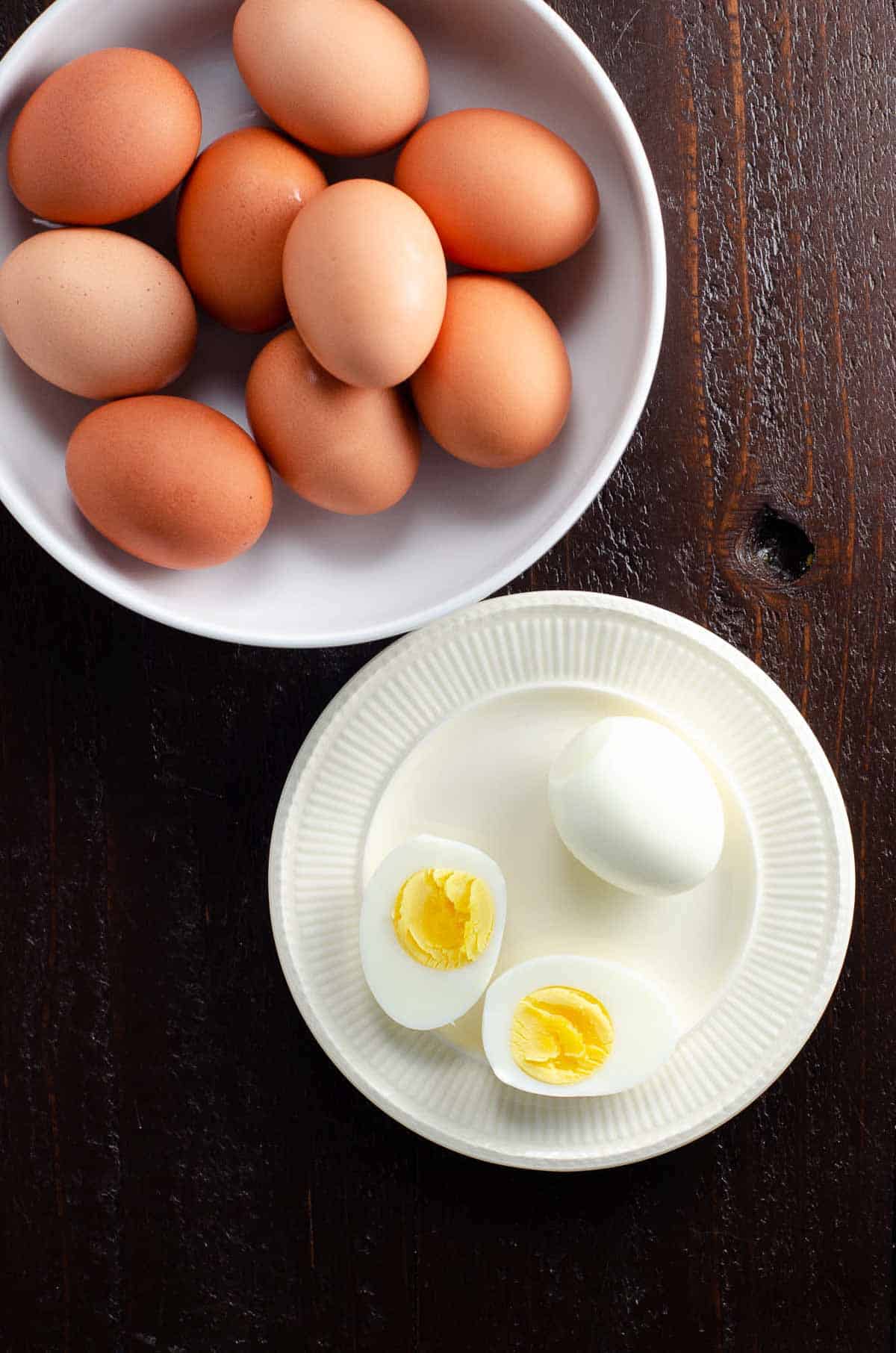
Why we love this recipe
Consistent, well-behaved hard-boiled eggs are easy to master with this simple method. It yields:
- Sturdy but tender whites
- Yolks that retain just enough creaminess
- Virtually no cracking in the pot
- Eggs that are super-easy to peel
What you’ll need
Here’s a glance at the ingredients and equipment you’ll need to make this recipe.
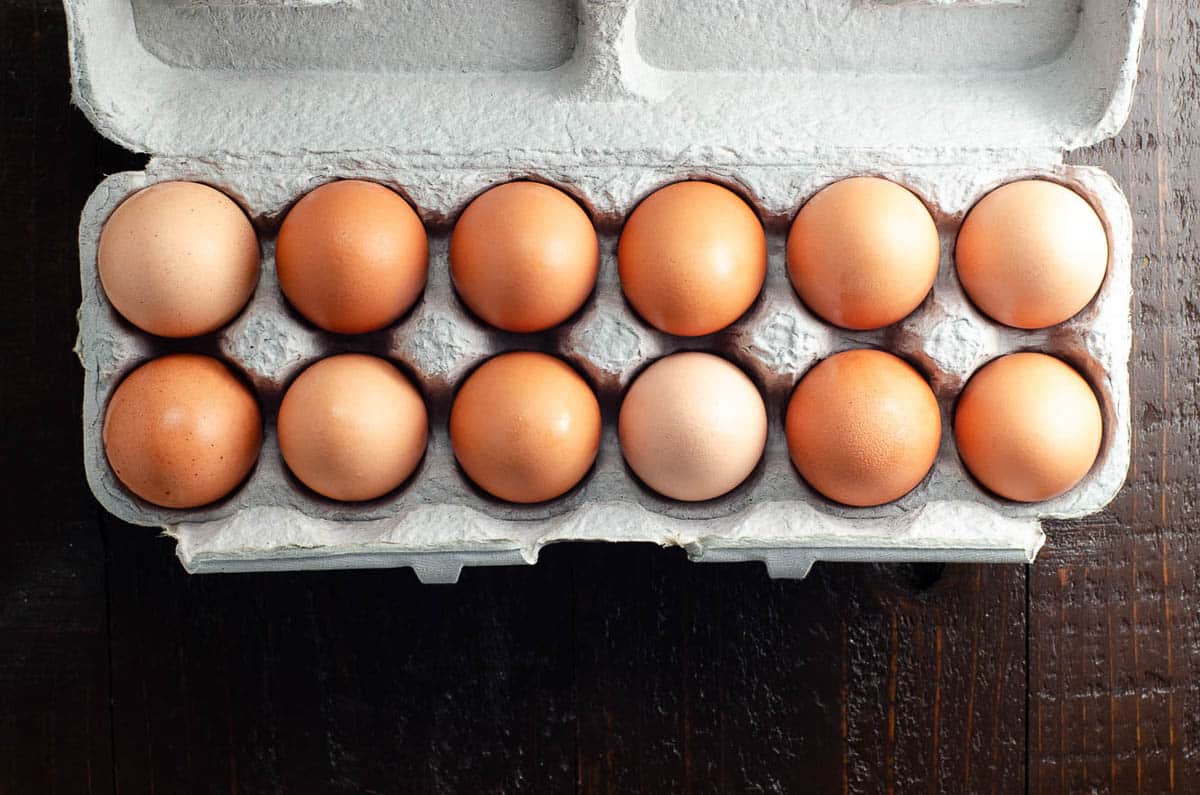
- You’ll start with a dozen good-quality large eggs. Please refer to the section below to learn more about sourcing.
- Choose a pot that fits your eggs (or your steamer basket, if using) fairly snugly to minimize jostling. It’s great to use a heavy pot like enameled cast iron to help retain and distribute heat evenly, but it’s not strictly necessary.
- If you like, you can use a steamer basket to help lower the eggs into the pot all at once and give them a snug place to rest. Truth be told, I used to do this all the time but rarely do anymore. When not using a steamer basket, I use a spider strainer and an abundance of TLC.
- You’ll also need a large bowl to fill with ice water.
Sourcing eggs
We have our own chickens, and this method works beautifully to hard boil their eggs (in case that’s what you meant when searching for tips on hard boiling “fresh eggs.”)
Short of that, the least-complicated (though often not the most convenient) way to source great eggs is to buy from local farmers whom you know and trust, either directly from the farm or at a farmers’ market or small grocery store.
If you’re shopping at a U.S. supermarket, things can get a little more complicated. Here’s a quick guide to the terminology that will and won’t help you choose the best eggs you can afford.
Words that mean something
- Organic
- Pastured (best) or free-range
- USDA A or AA
- Certified Humane or Animal Welfare Approved seals
Words that don’t mean anything
- Natural (anything can be called natural)
- Vegetarian-fed (chickens are natural omnivores)
- No added hormones (this is required by the government)
- Antibiotic-free (chickens are rarely medicated with antibiotics)
How to make it
Here’s an overview of what you’ll do to make a perfect batch of hard-boiled eggs. You can see the steps in action in the video that accompanies this post, and get all the details in the recipe card below.
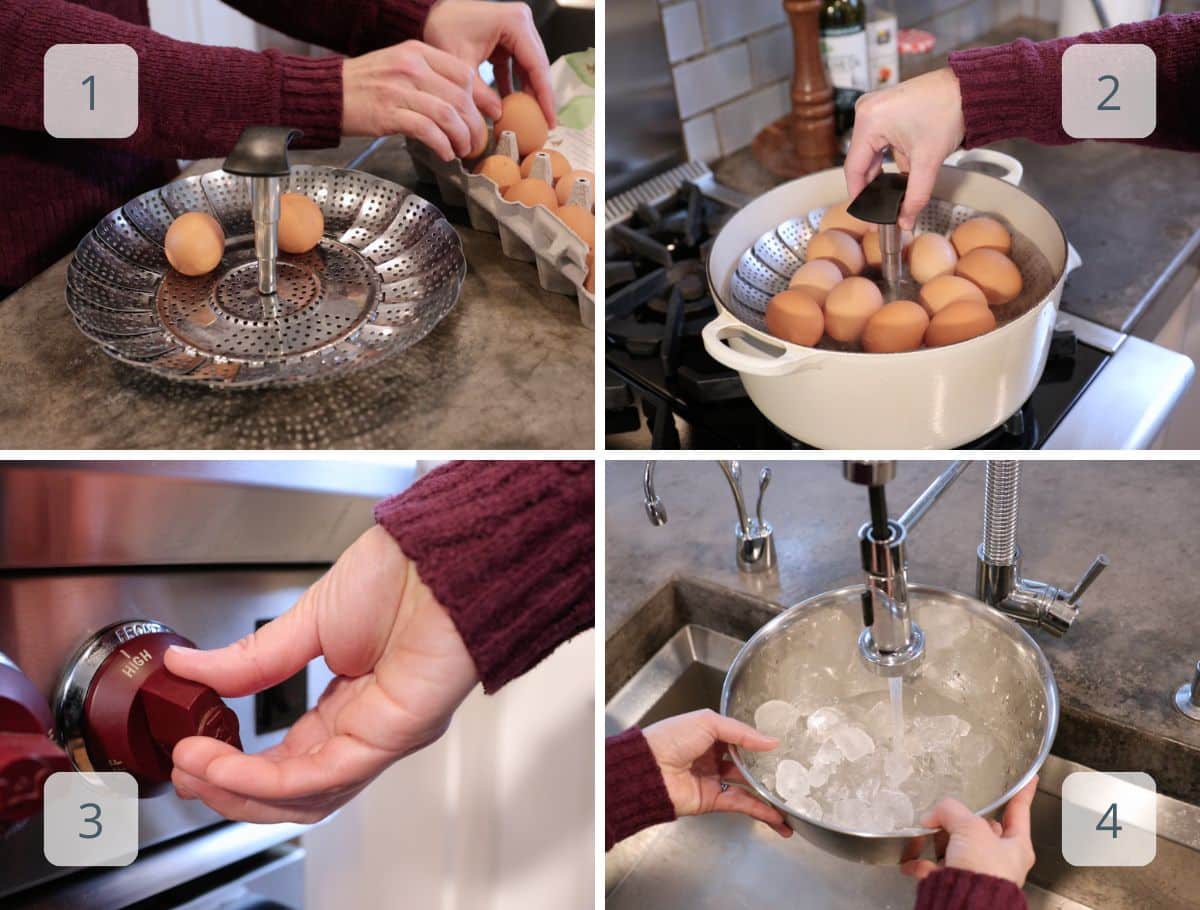
- Arrange eggs in a steamer basket if you like.
- Fill a large pot halfway with water and bring to a boil. Lower eggs into boiling water, in the steamer or using a spider strainer. Set timer for 12 minutes.
- Keep an eye on the eggs and adjust the temperature as necessary to maintain a vigorous simmer.
- Fill a large bowl halfway with cold water and ice cubes. When timer rings, immediately transfer eggs from pot to bowl. Let cool for 15 minutes. That’s it!
Expert tips and FAQs
Crack them gently but firmly on a flat work surface, rolling the egg as you go to crack on all sides. Then simply peel off the shell any dull membrane that may have detached from the shell. Rinse briefly under running water to remove any lingering bits of shell that you may have missed.
Definitely. Once cooled, transfer eggs (still in their shells) to an airtight container and store in the fridge for a week. They’ll still be easy to peel when you’re ready to use them.
How to use them
These eggs are great for eating straight with a sprinkle of sea salt and pepper (or hey, maybe a dash of mayo and sriracha, just sayin). Or use them in one of my favorite recipes:
- Deviled eggs (that’s the link to a whole category of recipes — I can’t choose a favorite child)
- Egg salad
- Egg and cress sandwiches
- Cobb salad
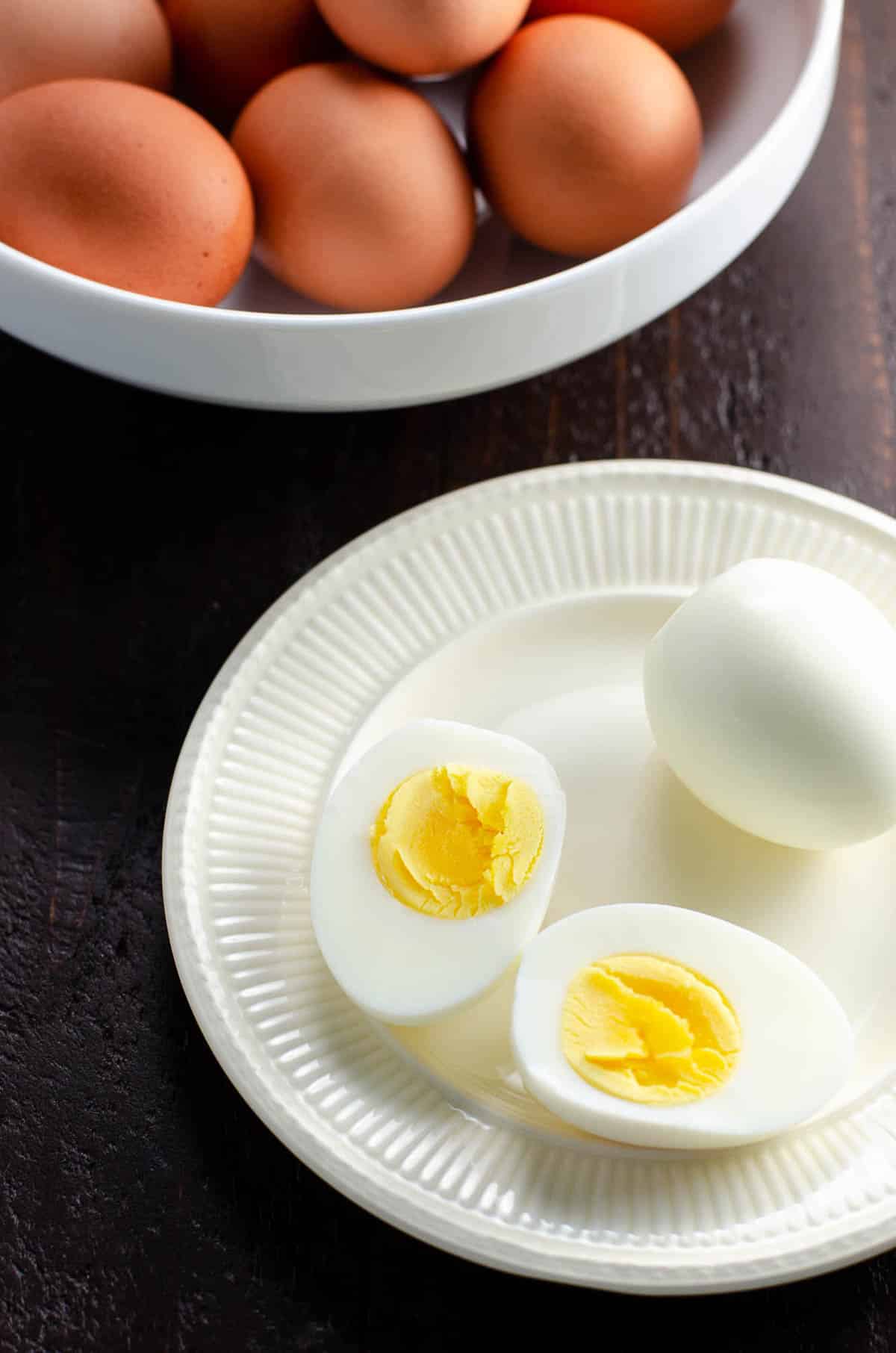
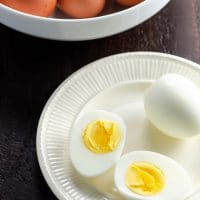
Hard Boiling Fresh Eggs Perfectly Every Time
Equipment
Ingredients
- 12 large eggs
Instructions
- Choose a pot that's just large enough to fit your eggs (or steamer basket, if using) fairly snugly. It's great, but not strictly necessary, to use a heavy pot like enameled cast iron to retain heat and help distribute it evenly.
- Fill the pot halfway with water and bring to a boil.
- Arrange eggs in steamer basket, if using. Lower basket into water. Or use a spider strainer to gently submerge eggs a few at a time until you've added them all.
- Set a timer for 12 minutes.
- Keep an eye on the heat to maintain a vigorous simmer without jostling the eggs more than necessary.
- While the eggs cook, fill a large bowl halfway with ice water.
- When timer rings, pull eggs out of pot and plunge into ice water.
- Cool for 15 minutes.
- Peel and give a quick rinse under running water to remove any remaining bits of shell and membrane.
Notes
- Please refer to the sourcing section of the post above to learn about how to choose good-quality eggs.
- Crack hard boiled eggs gently but firmly on a flat work surface, rolling the egg as you go to crack on all sides. Then simply peel off the shell any dull membrane that may have detached from the shell. Rinse briefly under running water to remove any lingering bits of shell that you may have missed.
- Once cooled, transfer eggs (still in their shells) to an airtight container and store in the fridge for a week. They'll still be easy to peel when you're ready to use them.
Nutrition
Nutrition information is automatically calculated, so should only be used as an approximation.
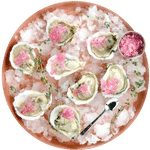
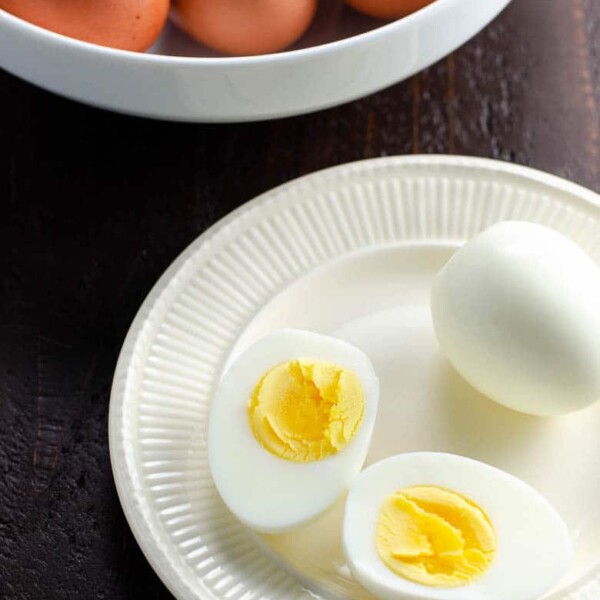
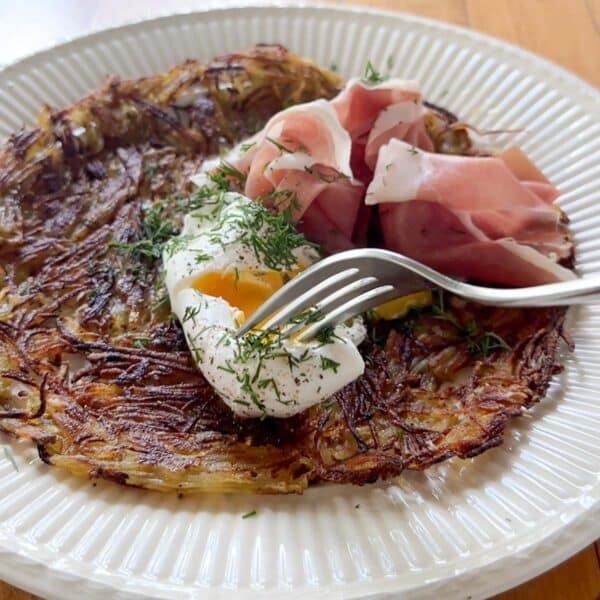
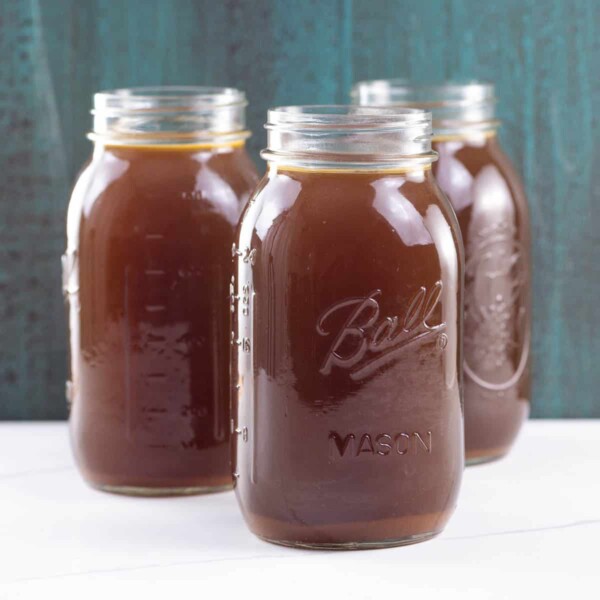
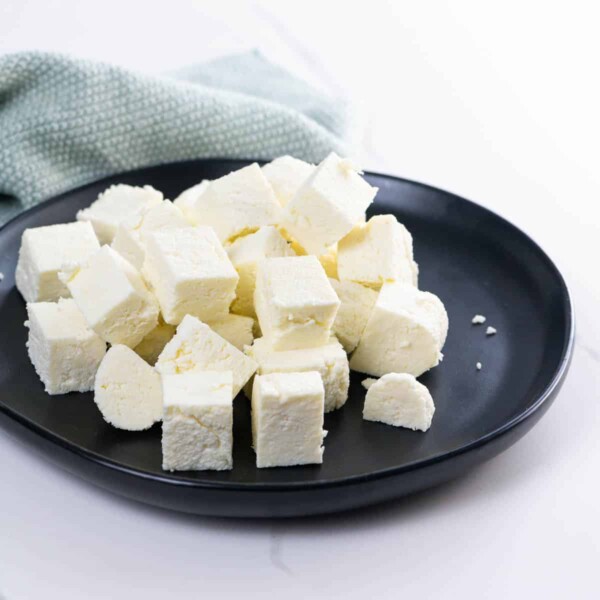
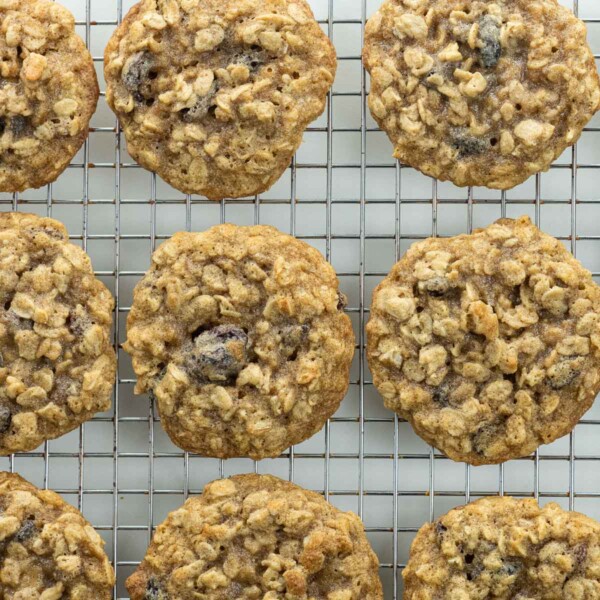







I have not tried your method of making hard boiled eggs as long ago I discovered steam cooking excels over boiling.
What I do know after 70+ years of raising chickens is that it is impossible to peel a fresh egg. If the egg was laid this morning or the last several days….it is impossible to peel the shell off no matter the method of cooking or cooling. Store eggs are at least one month old.
one may scoop the interior of a fresh egg out but it will not be a pristine hard boiled egg. Try it if you fail to believe me.
Hi Hugh, we raise chickens too, and this method yields eggs that peel well immediately after gathering.
I just followed your steps and the eggs were so lovely in my potato salad. Many thanks!!!:)
Yes. I always hate the green film on the outside of the yolks. It’s funny how we loose the knowledge to hard boil eggs over time. The shock treatment is essential too. It makes peeling so much easier.
It’s true, Mark. Sometimes you have to remind yourself of the basics.